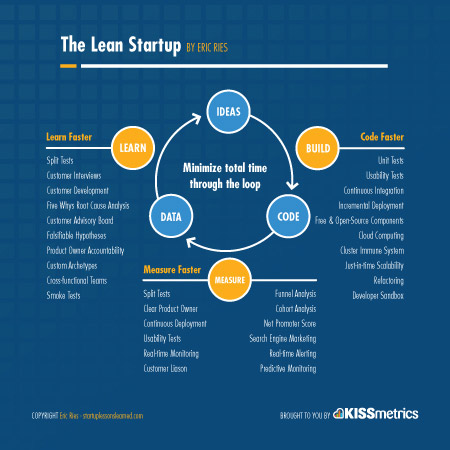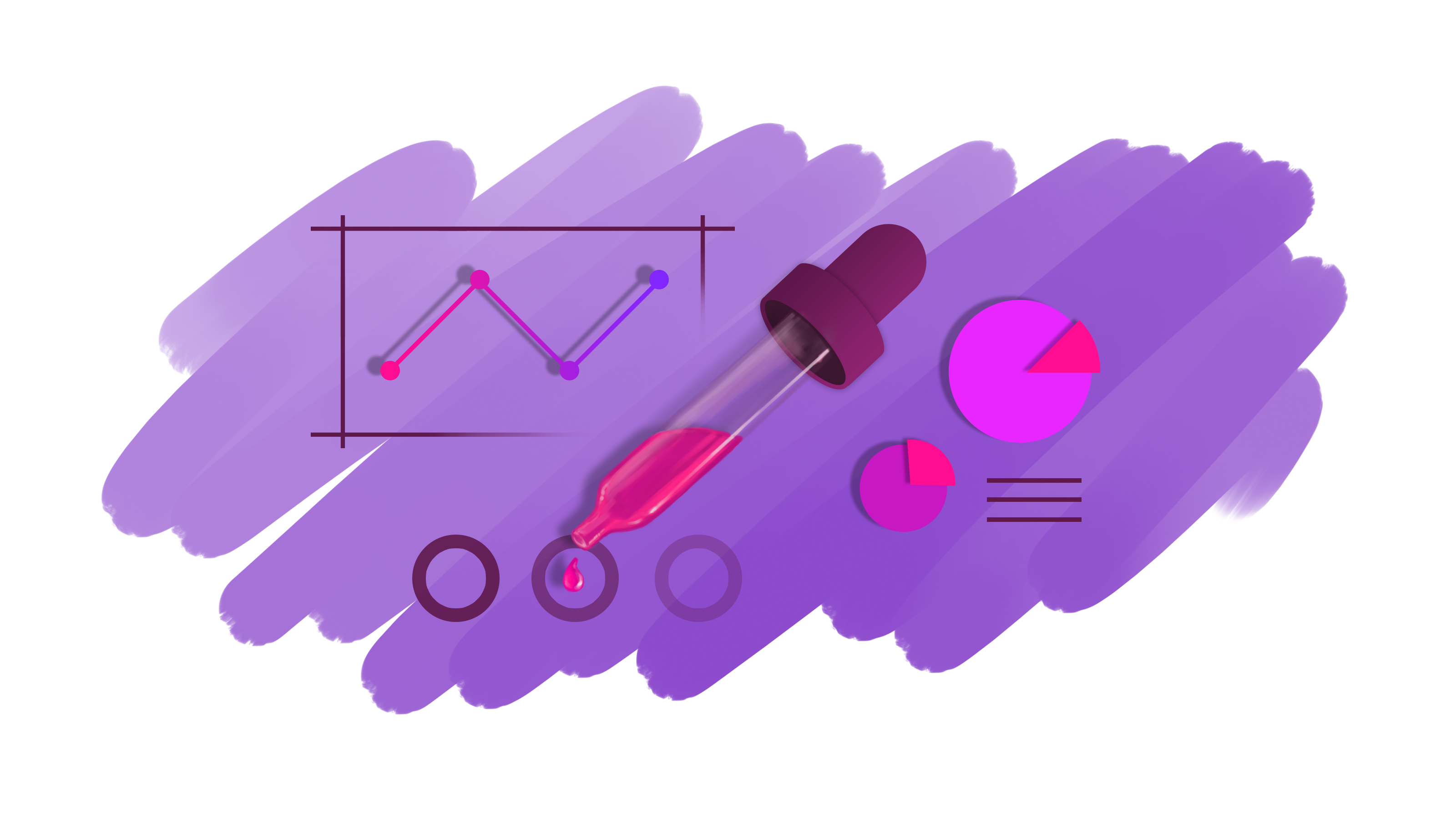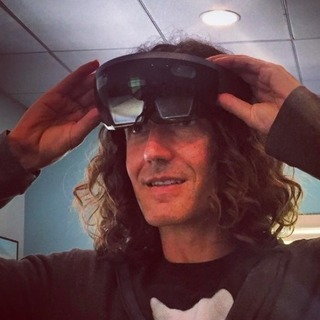We have both a creative and an execution process. The creative process contains envisioning, a design sprint, prototyping, and test development. The execution process uses methodologies to deliver and implement the solution or experience.
Creative process
We’re obsessed with user interfaces. The challenge of designing functional, intuitive user interfaces for mixed reality is something we’ve been working on for more than three years. (see related blogs).
Most people who try mixed reality for the first time are amazed at the experience but have a hard time envisioning how the technology can benefit their business. Mixed reality can improve productivity, give you a competitive edge or become integrated with your branding strategy.
From our experience in various industries, and our shared knowledge with Microsoft, we have insights into use cases and strategies that work best in mixed reality. We will apply our knowledge and resources to surface how mixed reality can make a difference for your business.
Once we identify where mixed reality can have the largest impact on your business, we will begin defining what we’re going to build.
We’ve designed an original process for this based on Microsoft’s Envisioning, and Google Ventures Design Sprint. You can read details of our envisioning process here:
GHOST_URL/our-process-envisioning/
Our typical engagement for a proof of concept follows this schedule:
- One week of envisioning & design sprint.
- Three weeks of prototyping and user testing, with some feasibility research.
- Development in weekly sprints for two months.
We follow the lean startup methodologies and put a strong emphasis on user learning. It takes about two months for the weekly sprints to produce a solid proof of concept.
Envisioning and Design Sprint
Our envisioning and design sprint is well documented here: GHOST_URL/our-process-envisioning/
Prototyping
We set aside three weeks for a phase of prototyping. This is part of our creative process where we get into the details of the user flow/game mechanics where we encourage ourselves to fail fast and iterate frequently.
Today, most studios create storyboards to describe and script the experience. While this is a great exercise, we’ve found much more value in “acting out” the user flow with simple physical props. We can’t stress how important it is for us to apply our ideas into realistic scenarios, especially when working in mixed reality. We are often surprised to find out how many things we overlooked before putting our designs into a 3-dimensional user flow. Here’s a video of what this can look like:
We use the Kanban process to break down our tasks and define priorities among the team. In this phase, the tasks are assumptions similar to user stories, but formulated more as questions to be validated.
Once we begin to have more reliable user flows, we gradually progress to creating more comprehensive UI elements that are too detailed to build with or onto the physical props. We keep this inexpensive by using mixed reality prototyping tools instead of creating lo-fi 3D models like many game studios typically do.
An example of a tool we use is Tilt Brush, a 3D painting tool in virtual reality, which allows anyone on the project to draw something very quickly in 3D and share it to the rest of the team.
An example of one of our Tilt Brush UI drawings.
Next, we export some of our Tilt Brush drawings and flat images into one of our very own HoloLens applications.
The user interface and content in this video was built by a user experience designer. No code was written.
We also have just started experimenting with [HoloSketch]( (https://developer.microsoft.com/en-us/windows/mixed-reality/case_study_-_building_holosketch,_a_spatial_layout_and_ux_sketching_app_for_hololens)
The goal here is to get users in the experience as soon as possible so we can validate our assumptions. Our method enables us to have short and frequent cycles of user testing, collecting feedback and iterating on UI design, ultimately leading us to a refined solution faster. Our cycles are often between 1-3 days long depending on resources and learnings.
Once we settle on user flows that validate our assumptions, we graduate the prototype phase and move onto development.
Development
In this phase, the Unity developers get involved and begin building the application, based on the defined user flow and final prototypes.
On top of Kanban to organize the tasks and priorities at this phase, we introduce GitFlow, which is a process to manage the flow of the code in GIT repositories.
Execution process
The three main components of our execution process are Lean Startup, Kanban, and Gitflow.
Lean Startup is a high-level methodology that enables us to constantly user test our assumption and put the users at the center of the product development.

Kanban, which can be compared to scrum, is an agile methodology using lane constraint to maximize the team production capacity.
GitFlow is a process used to organize the flow of source code in the application, which enables separation of production and bug fixes in development and releases. One of the key components is pulling requests with peer reviews of code approval before it’s committed to the main branches.



